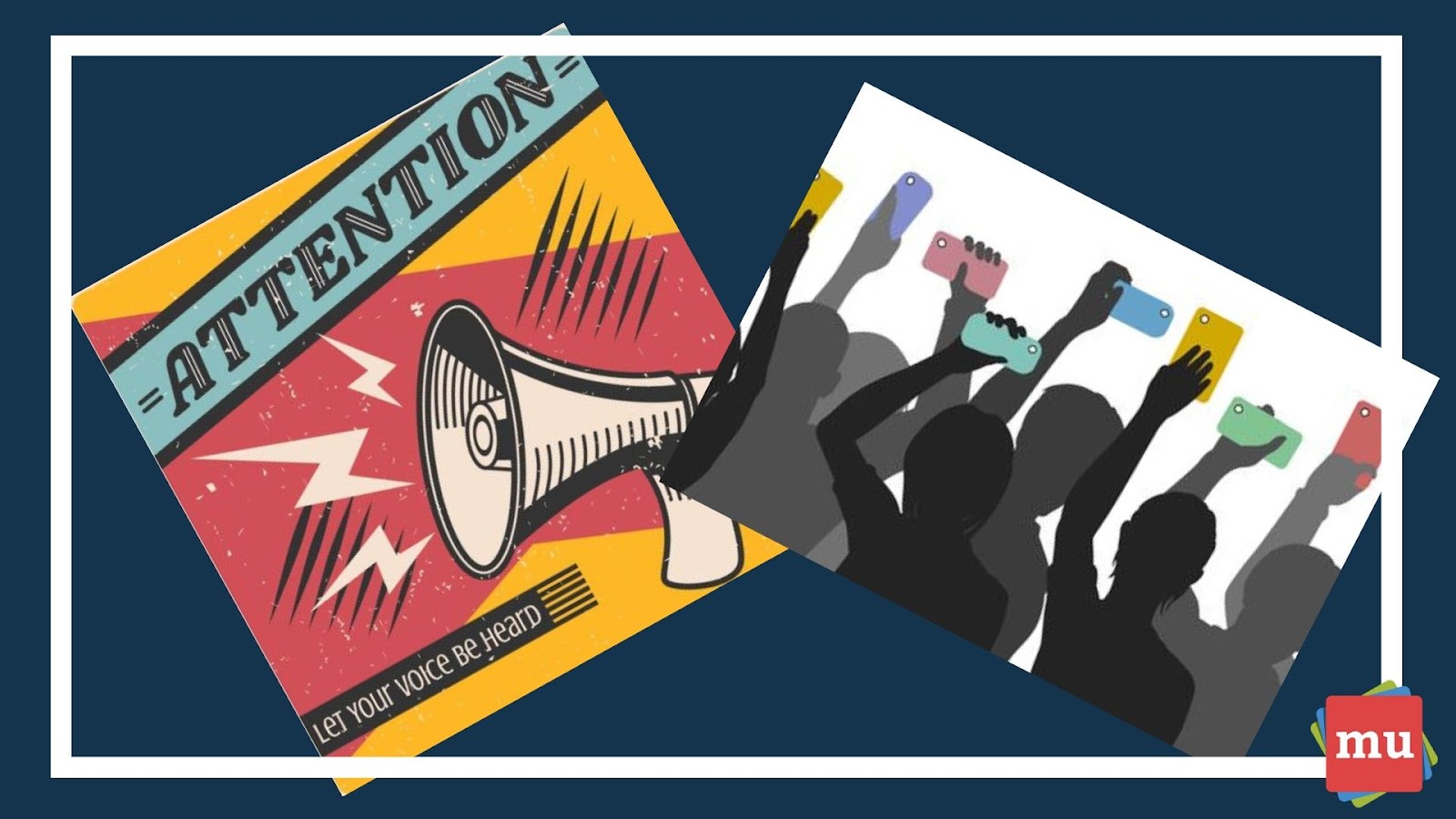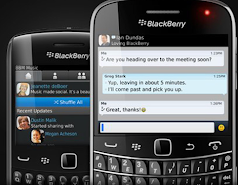Growing up as part of Gen Z means I've been surrounded by technology since I was born. It has shaped almost every aspect of my life to the point where I use technology every day. I remember learning how to type in the computer lab in elementary school, something that's different from when our parents were younger. Fast forward to today, as a college student, my laptop has become my lifeline, from taking notes in class to staying connected with professors and peers. Technology isn't just a tool; it has become the main component of daily learning, communication, and functioning.
 |
Living in a time of massive technological advancement has deeply influenced how children grow up. When I was younger, my mom had rules about screen time. She didn't want me to watch TV for too long, and she refused to get me a tablet until I had finished my homework. At the age of ten, I already had a phone that she wasn’t a fan of. Back then, I didn't understand why, but looking back, I am grateful for her decisions. By limiting my exposure to screens when I was younger it allowed me to be more present in the world beyond technology.
My digital footprint started at the early age of 11 when I first got Instagram and Facebook. I didn’t learn that nothing is ever really deleted from the internet until I searched my name on the internet my freshman of high school. When I searched, I found an old website I had created in middle school, that had old pictures of me, and much more. I was able to get mostly everything deleted from the internet. This made me realize that what you post on the internet matters. I frequently search for my name on the internet to see what pops up, and I will say that I am proud of my digital footprint.
In today’s society, having a clean digital footprint is extremely important. Over the past several years, there has been a phrase called “cancel culture.” Cancel culture is publicly calling out, boycotting, or withdrawing support from individuals, organizations and even brands for behavior or statements that are offensive or unacceptable. Social media influencers especially have to be careful of their digital footprint. This is because their followers will deep dive into their past and find old incriminating posts they made before becoming popular. This has become most common on platforms like Twitter and Instagram, which make it easy for old posts to resurface, even years later. Sometimes, these posts are taken out of context or reflect views the person no longer holds, but the damage is often already done. Careers, friendships, and reputations can be severely harmed because of past mistakes coming to light. This shows how powerful and permanent our online actions can be in today’s interconnected world.
Technology and social media have become essential to my life, shaping how I learn, communicate, and do everyday tasks. From my experiences in elementary school to understanding the importance of maintaining a positive digital footprint, I’ve learned that technology is both a useful tool and a significant responsibility. Our dependability on the internet and the effects of cancel culture highlight the need to be mindful of what we post online and the digital legacy we create. As I continue to use technology, I want to continue to put out an image that reflects who I am positively, both on and offline.





















